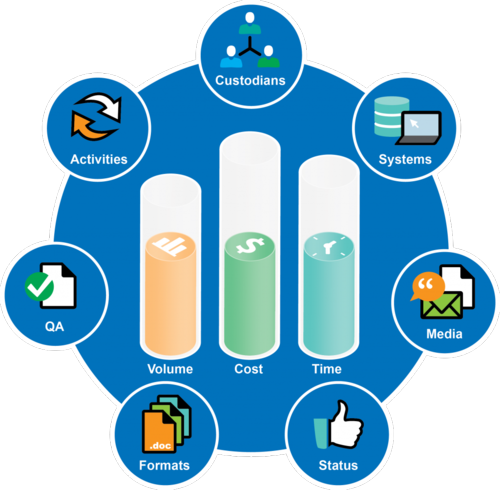eDiscovery Daily is Three Years Old!

We’ve always been free, now we are three!
It’s hard to believe that it has been three years ago today since we launched the eDiscoveryDaily blog. We’re past the “terrible twos” and heading towards pre-school. Before you know it, we’ll be ready to take our driver’s test!
We have seen traffic on our site (from our first three months of existence to our most recent three months) grow an amazing 575%! Our subscriber base has grown over 50% in the last year alone! Back in June, we hit over 200,000 visits on the site and now we have over 236,000!
We continue to appreciate the interest you’ve shown in the topics and will do our best to continue to provide interesting and useful posts about eDiscovery trends, best practices and case law. That’s what this blog is all about. And, in each post, we like to ask for you to “please share any comments you might have or if you’d like to know more about a particular topic”, so we encourage you to do so to make this blog even more useful.
We also want to thank the blogs and publications that have linked to our posts and raised our public awareness, including Pinhawk, Ride the Lightning, Litigation Support Guru, Complex Discovery, Bryan College, The Electronic Discovery Reading Room, Litigation Support Today, Alltop, ABA Journal, Litigation Support Blog.com, Litigation Support Technology & News, InfoGovernance Engagement Area, EDD Blog Online, eDiscovery Journal, Learn About E-Discovery, e-Discovery Team ® and any other publication that has picked up at least one of our posts for reference (sorry if I missed any!). We really appreciate it!
As many of you know by now, we like to take a look back every six months at some of the important stories and topics during that time. So, here are some posts over the last six months you may have missed. Enjoy!
Rodney Dangerfield might put it this way – “I Tell Ya, Information Governance Gets No Respect”
Is it Time to Ditch the Per Hour Model for Document Review? Here’s some food for thought.
Is it Possible for a File to be Modified Before it is Created? Maybe, but here are some mechanisms for avoiding that scenario (here, here, here, here, here and here). Best of all, they’re free.
Did you know changes to the Federal eDiscovery Rules are coming? Here’s some more information.
Count Minnesota and Kansas among the states that are also making changes to support eDiscovery.
By the way, since the Electronic Discovery Reference Model (EDRM) annual meeting back in May, several EDRM projects (Metrics, Jobs, Data Set and the new Native Files project) have already announced new deliverables and/or requested feedback.
When it comes to electronically stored information (ESI), ensuring proper chain of custody tracking is an important part of handling that ESI through the eDiscovery process.
Do you self-collect? Don’t Forget to Check for Image Only Files!
The Files are Already Electronic, How Hard Can They Be to Load? A sound process makes it easier.
When you remove a virus from your collection, does it violate your discovery agreement?
Do you think that you’ve read everything there is to read on Technology Assisted Review? If you missed anything, it’s probably here.
Consider using a “SWOT” analysis or Decision Tree for better eDiscovery planning.
If you’re an eDiscovery professional, here is what you need to know about litigation.
BTW, eDiscovery Daily has had 242 posts related to eDiscovery Case Law since the blog began! Forty-four of them have been in the last six months.
Our battle cry for next September? “Four more years!” 🙂
Disclaimer: The views represented herein are exclusively the views of the author, and do not necessarily represent the views held by CloudNine Discovery. eDiscoveryDaily is made available by CloudNine Discovery solely for educational purposes to provide general information about general eDiscovery principles and not to provide specific legal advice applicable to any particular circumstance. eDiscoveryDaily should not be used as a substitute for competent legal advice from a lawyer you have retained and who has agreed to represent you.







